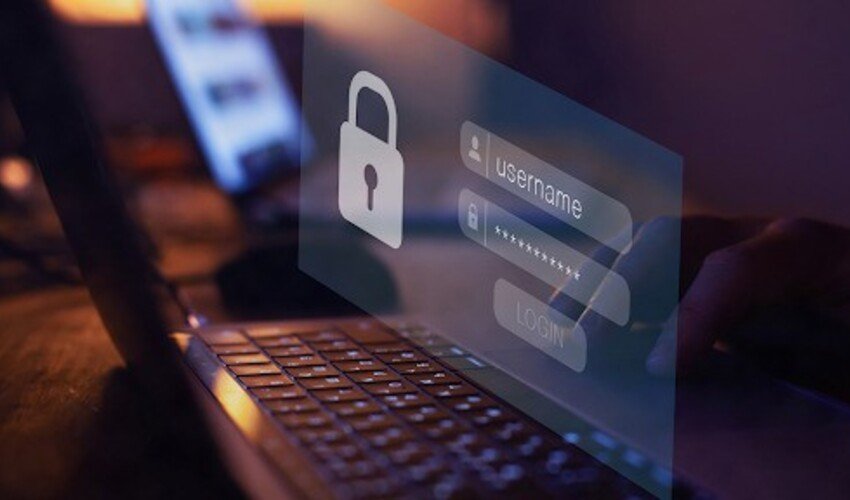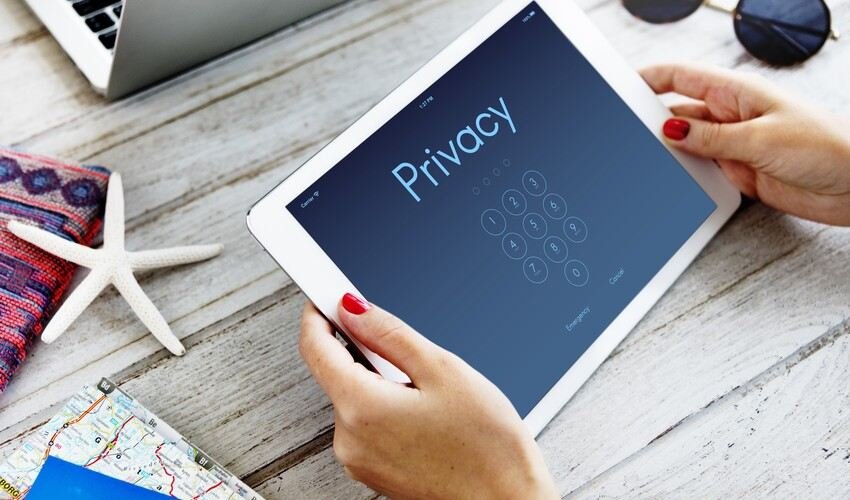Here’s something that’ll keep you up at night: your family’s online world gets attacked every single day. Cybercriminals couldn’t care less whether they’re targeting your eight-year-old’s gaming account or your mortgage login. They want in, period.
The numbers don’t lie. Nearly half of all people 46% watched their passwords get snatched in 2024. That’s your neighbors, your coworkers, maybe even you. Without a rock-solid family password strategy, you’re basically leaving your front door wide open for digital burglars who’ve gotten scary good at what they do.
Building Your Family’s Digital Fortress
Alright, enough doom and gloom. Time to fight back with a strategy that actually works.
Laying the Groundwork That Actually Matters
Creating secure passwords for families starts with rules that make sense for everyone, from your six-year-old to your tech-savvy teenager. Little kids need passwords they can actually remember without driving themselves crazy.
Teens need to learn the real deal, advanced techniques that’ll protect them when they head off to college. Here’s where an online password generator becomes your secret weapon. These tools create genuinely random passwords that would take hackers centuries to crack. No more using “FamilyDog2024” for everything.
You also need clear boundaries about which accounts need mom and dad oversight and which your older kids can handle solo. Trust me, figuring this out now saves massive headaches later.
Teaching Password Smarts at Every Age
Start young, around age six, with simple rules. No sharing passwords with friends. Ever. Period. Elementary kids can create memorable passwords using their favorite characters plus numbers they won’t forget.
Cybersecurity for household education gets more sophisticated for teenagers. They need to understand social engineering (basically, how criminals trick people into giving up their passwords), spot phishing emails, and grasp why using the same password everywhere creates a domino effect when one account gets hacked.
The Tools That Actually Work for Families
Now for the practical thing that’ll make your life easier while keeping everyone safer.
Picking Your Family’s Digital Bodyguard
Password management for families becomes manageable when you choose software built specifically for households. These platforms offer shared vaults for things like WiFi passwords and streaming accounts, while keeping everyone’s personal stuff separate.
1Password Families, Dashlane Family, and Bitwarden Family Organization are the heavy hitters here. They include emergency access features, meaning if your kid forgets their master password, you can help without turning into a digital helicopter parent.
Sharing Passwords Without Losing Your Mind
92% of IT professionals admit to reusing passwords. If the experts struggle with this, imagine how tough it is for regular families. You need structured ways to share WiFi passwords, streaming logins, and family cloud storage without resorting to sticky notes stuck to the computer monitor.
Family password managers eliminate the dangerous habit of texting passwords or, worse yet, yelling them across the house where anyone could overhear. Set up rotation schedules for shared accounts. That babysitter from last summer? They shouldn’t still have access to your Netflix account.
When Emergencies Strike
Murphy’s Law applies to technology too; anything that can go wrong will go wrong at the worst possible moment. You need backup authentication methods that won’t leave you locked out of critical accounts during family emergencies.
Next-Level Protection for Modern Families
Password managers are great, but today’s threats demand multiple layers of defense. Think of it as building a digital fortress, not just putting a lock on the front door.
Multi-Factor Authentication: Your Secret Weapon
Start with the accounts that matter most: banking, email, and anywhere your family photos live. For younger kids, SMS codes work fine. Tech-savvy family members can graduate to authenticator apps.
Always set up backup authentication options. Physical security keys work brilliantly for shared family computers. Store backup codes in your password manager where everyone authorized can find them.
Locking Down Your Smart Home
Every smart device in your house needs a unique password. No family names, birthdays, or addresses. I know it sounds like overkill, but that smart TV could be the weak link that gives criminals access to your home network.
Consider network segmentation, basically, creating separate WiFi networks for kids’ devices versus parents’ work computers and financial stuff.
Your Family’s Emergency Playbook
Even with all these protections, stuff happens. The difference between a minor inconvenience and a major disaster comes down to preparation.
Planning for Digital Disasters
Store critical family passwords in both digital and physical backup systems. Parents need emergency access to kids’ accounts without being invasive, while ensuring account recovery stays possible during genuine crises.
Schedule quarterly family password reviews like you’d schedule dental checkups. Review what accounts exist, update emergency contacts, and delete access to accounts nobody uses anymore.
When Breaches Happen
Communication is everything. Everyone in your family needs to know immediately when any account gets compromised. Kids need clear instructions for reporting suspicious activity without fearing they’ll get in trouble for honest mistakes.
Different accounts require different recovery procedures. Recovering a social media account follows different steps than recovering a banking account. Map out procedures for each scenario before you need them.
Raising Digitally Savvy Kids
The ultimate goal is building habits that’ll protect your kids long after they’ve moved out and started families of their own.
Making Security Fun, Not Frightening
Focus on empowerment rather than fear. Gamify password creation, turn it into family competitions or challenges. Celebrate when kids remember to log out of shared devices or create genuinely strong passwords. Positive reinforcement builds lasting habits better than scare tactics ever will.
Preparing Teens for the Real World
The transition from family oversight to personal responsibility should happen gradually during high school. College-bound teens need cybersecurity checklists covering banking, social media, and academic accounts.
Help them understand that their online reputation and security habits will follow them into professional environments where data breaches can have serious career consequences.
Keeping Your System Healthy
Regular maintenance keeps your family’s password strategy strong and current.
Regular Checkups and Updates
Make quarterly password reviews a family routine, like checking smoke detector batteries. Identify weak passwords, unused accounts, and security gaps that develop as kids grow and technology evolves.
Modern password managers offer built-in security alerts that automatically notify you when stored passwords appear in data breaches, enabling immediate password changes.
| Password Manager Feature | Individual Plans | Family Plans | Why Families Need This |
| Shared Vault Access | Not Available | Yes | Safe sharing of household passwords |
| Individual User Accounts | 1 Account | 5-8 Accounts | Personal privacy for family members |
| Emergency Access | Limited | Full Recovery | Parents can help during lockouts |
| Child Account Controls | None | Comprehensive | Age-appropriate oversight and restrictions |
| Cost per Month | $3-5 | $5-8 | Better value for multiple users |
Staying Ahead of New Threats
Follow family cybersecurity news to understand emerging threats targeting households. Adapt security measures as children mature, ensuring age-appropriate protections without creating rebellion against reasonable safety measures.
Take advantage of community resources, school programs, library workshops, and family-friendly online courses to make learning about digital safety enjoyable rather than overwhelming.
The Bottom Line on Family Password Security
Building a comprehensive family password strategy isn’t just about protecting today’s digital assets; it’s about teaching your kids cybersecurity habits that’ll serve them for life. Combining solid online safety tips, proper password management for families, and ongoing education creates multiple defense layers against increasingly sophisticated threats.
Secure passwords for families represent more than technology; they’re about creating a culture of digital responsibility that values privacy, security, and smart online behavior. When families tackle cybersecurity for households together, they build stronger defenses than any individual could manage alone. Your family’s digital safety isn’t someone else’s responsibility. It’s yours. And now you have the roadmap to make it happen.
Your Burning Questions Answered
How often should we change shared passwords?
Change them immediately after babysitters or housekeepers no longer need access, and rotate streaming passwords every six months to prevent unauthorized sharing.
How do I explain password security to my seven-year-old?
Compare passwords to house keys—you wouldn’t give strangers your house key or write your address on it, so passwords need the same protection.
Should I have access to all my teenager’s passwords?
You need access to financial accounts and devices you pay for, but teens can maintain privacy for social accounts while agreeing to emergency access during crises.
Read Dive is a leading technology blog focusing on different domains like Blockchain, AI, Chatbot, Fintech, Health Tech, Software Development and Testing. For guest blogging, please feel free to contact at readdive@gmail.com.





